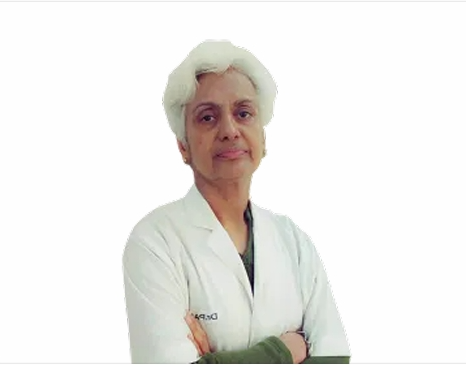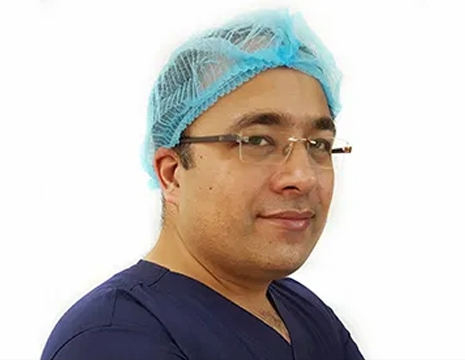Low Vision Treatment
Low vision is the term used to describe significant visual impairment that can’t be corrected fully with glasses, contact lenses, medication or eye surgery. & cannot improve vision and finds difficulty in daily routine activities in everyday life Everyday tasks, such as reading, shopping, cooking, watching televisionand writing can seem challenging.
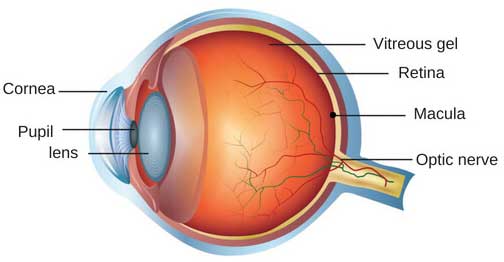
The Low Vision and Vision Rehabilitation Centre at CL Gupta eye institute was established in 2010, The Centre has undertaken various initiatives to address
the problem of low vision and blindness. Every year, the centre caters to nearly 1200 persons with visual impairment of varying age group. 56% of the patients
are in the age group of 0-15 years.
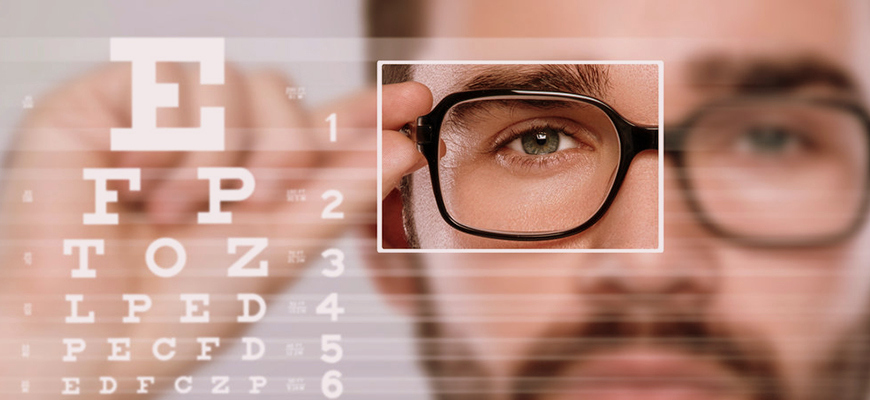
Low vision affects each individual differently. Intervention requires looking beyond conventional vision-improvement approaches to focus on the patient’s
particular problem. The clinic has all the equipment and diagnostic tools necessary for vision assessment in patients. The department provides a full range of different types of telescopes, optical and electronic magnifiers including the CCTV and non optical aids to help people with low vision make the best use of their existing vision. A vision stimulation centre is arranged exclusively for children with visual impairment. The department offers low vision service and Rehabilitation
service include training and educational programe, braille, mobility training, and daily living skills, for children with severe visual impairment and blind
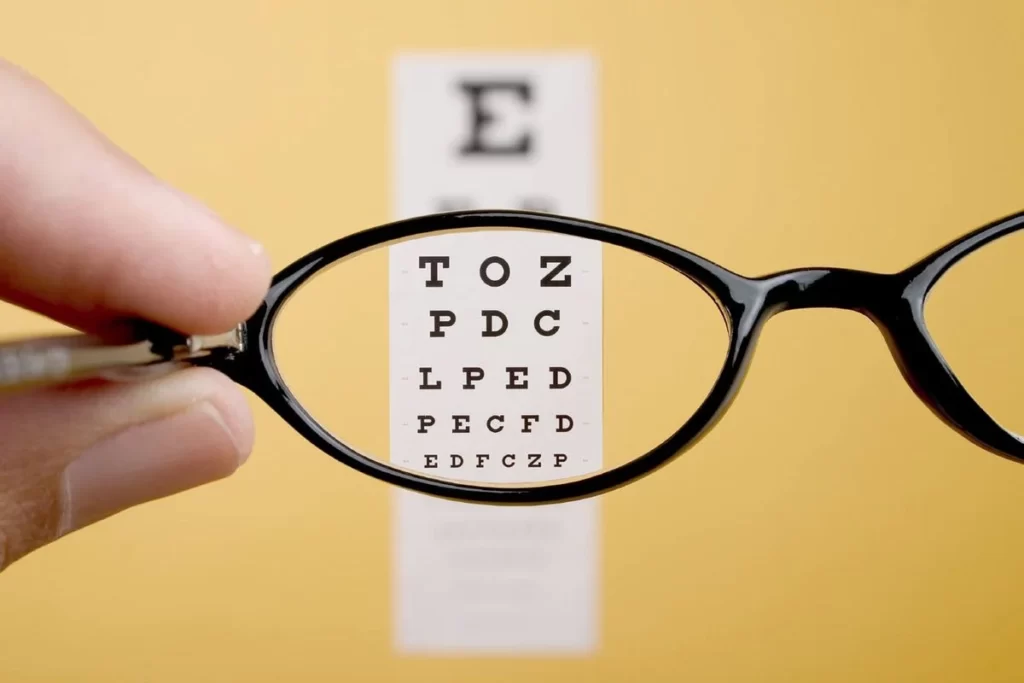
Paediatric vision Rehabilitation
- Vision Assessment
- Early Intervention Low vision Devices
- Educational Guidance
What are the causes of Low Vision?
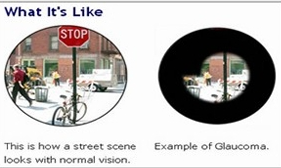
(1) Reduced Peripheral Vision
AMD, Albinism, Aniridia, Cone Dystrophy, Diabetic Retinopathy, Glaucoma, Heredo-macular Degeneration, Leber Congenital Amaurosis, Microphthalmos,
Optic Atrophy, Retinitis Pigmentosa, Retinopathy of prematurity, Rod Cone Dystrophy, Rod monochromatism, Stargardt Congenital disorders & birth
problems, Stevens Johnson Syndrome, and many more
(2) Reduced Central Vision
(3) Reduced ability to adjust to light, contrast and glare/overall
blurred vision
What Visual handicap people with low vision feel?
Difficulty in recognizing a familiar face or street sign
Difficulty in near tasks like reading, writing, sewing etc.
Difficulty in picking out and coordinating the color of clothes
Lights seem dimmer than usual
What are Low Vision Devices (Aids)?
(1) Optical Devices
(2) Non-optical devices
(3) Electronic magnifiers:
A comprehensive low vision evaluation will help persons with low vision maximize their residual vision to usable vision
Note:
It’s imperative to consult with a healthcare professional before opting for any medical procedure to thoroughly understand the potential risks and benefits. Specs Removal Procedures



